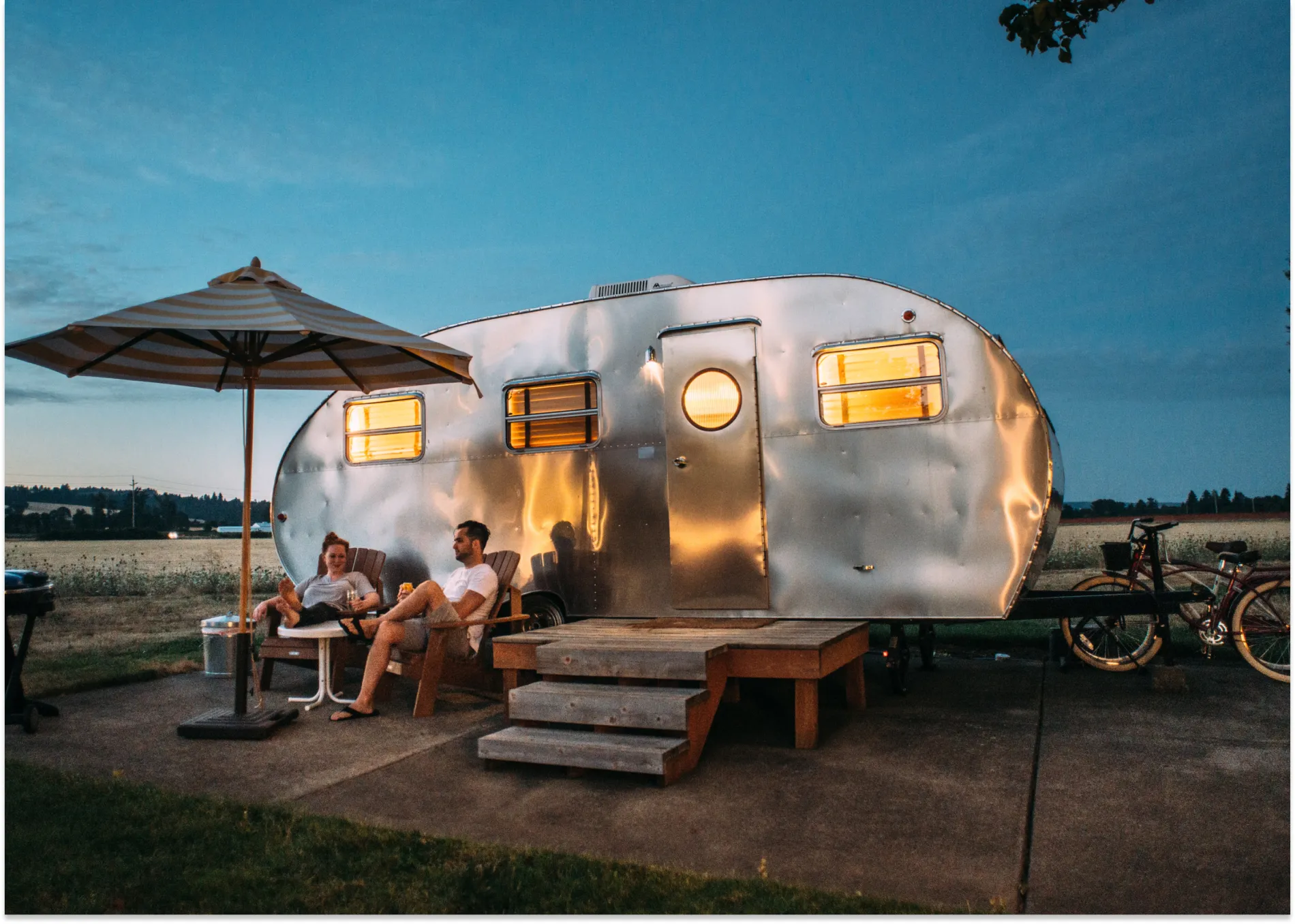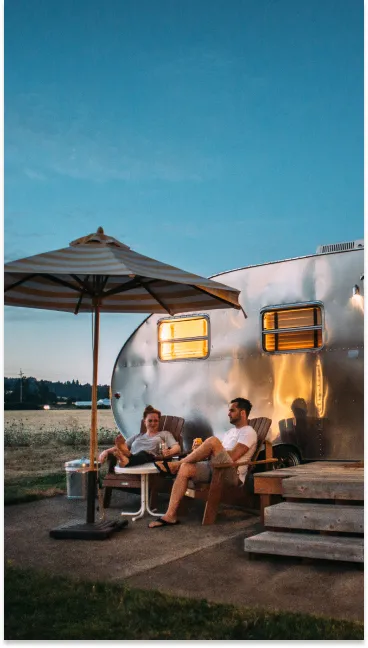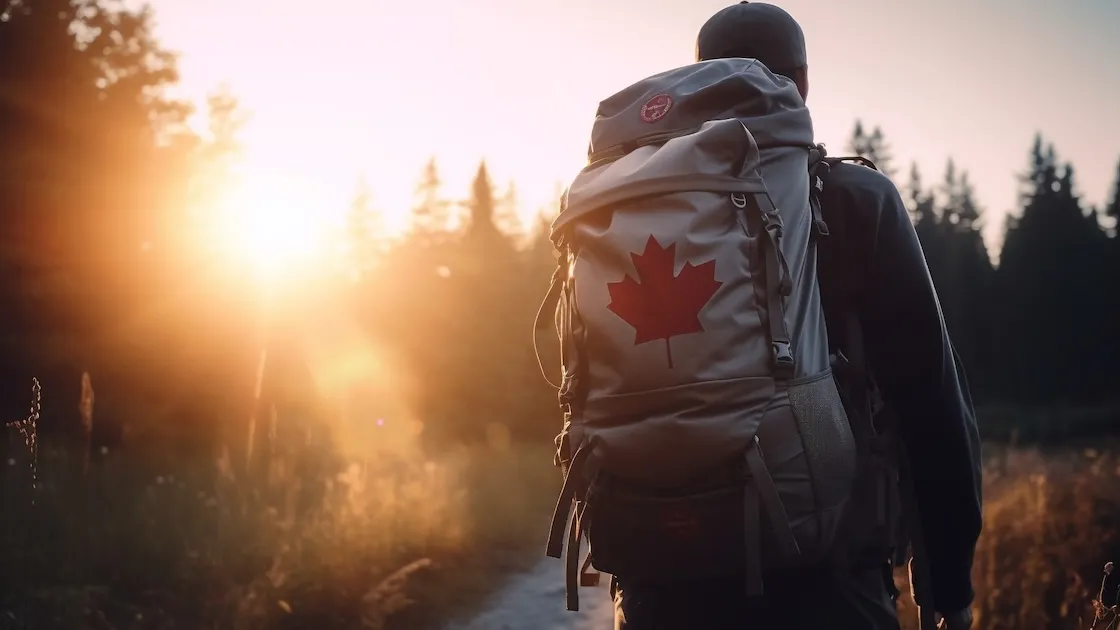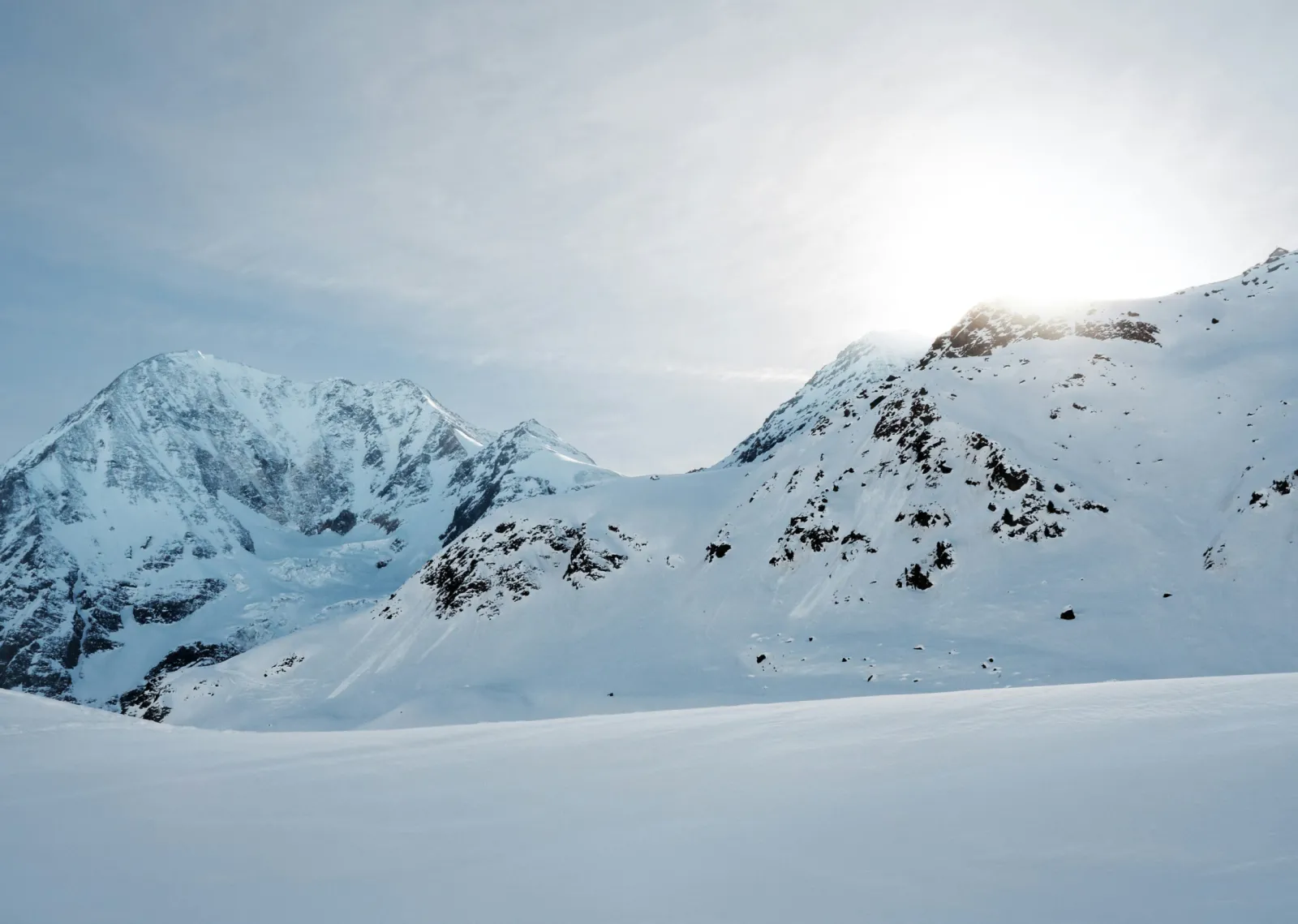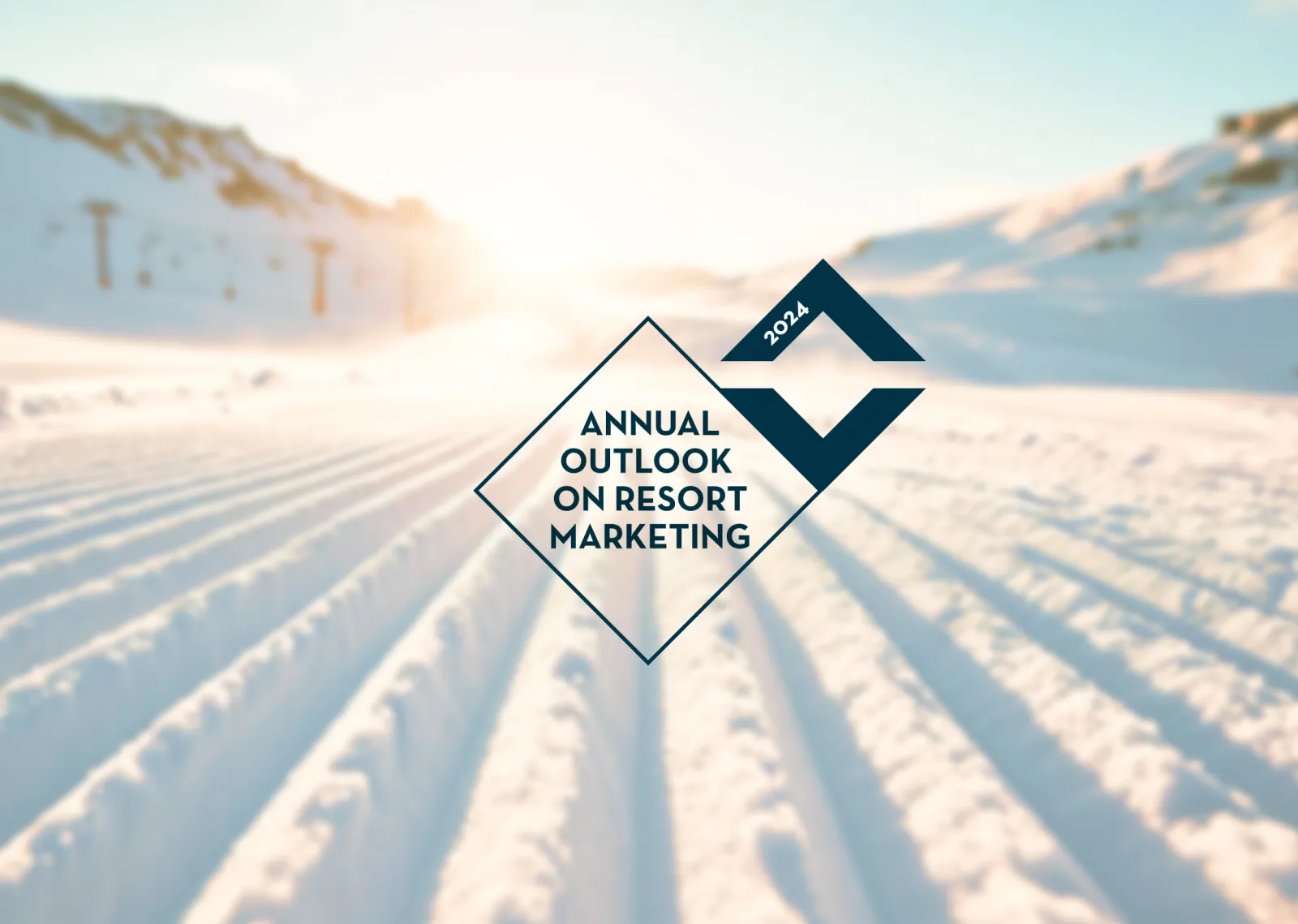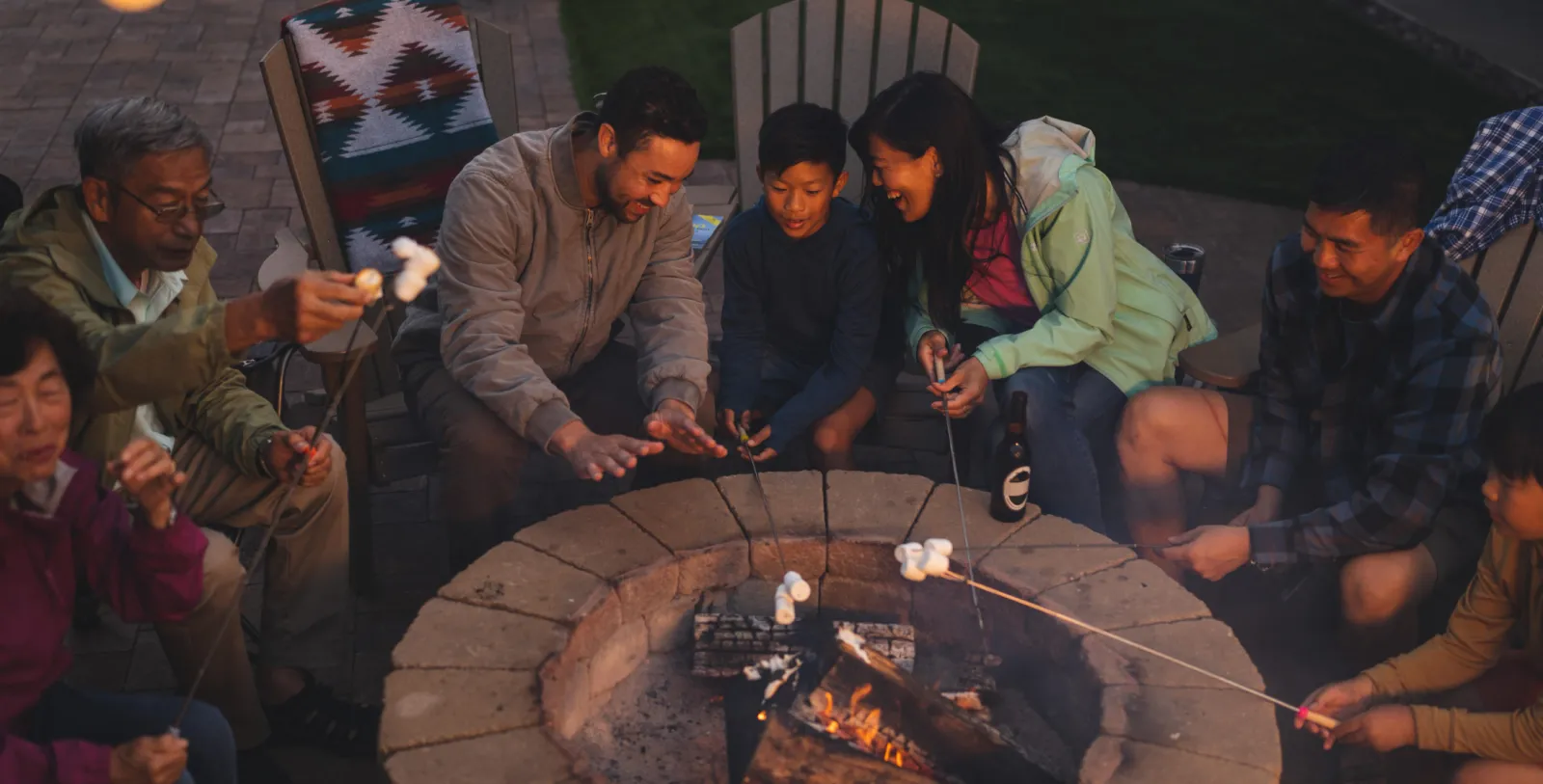The state of camping
Since the inception of recreational camping in America in the mid 1860’s, the pastime has both grown and evolved throughout nearly every decade since. And while at its core, camping has always been based on the premise of connecting with nature, how that connection looks and the other motivators pushing people to get outside have transformed by virtue of cultural, economical and technological shifts over the last 100+ years.
Today, camping is not only the continued pastime of choice for avid outdoor enthusiasts, but also the choice for those who are both metaphorically and literally dipping their toes into nature. Beyond connecting with the natural world, other elements are at play when looking at why people are getting outside and how they’re doing it.
Who’s getting outside
In short, most people. Today, 92 million US households identify as campers. And that number has grown nearly 30% YOY over the past three years- the second highest growth rate in any outdoor activity, next to hiking.
Exciting, right? What’s more exciting is that the number of participants is not the only thing that’s growing. In their 9th annual North American Camping & Outdoor Hospitality Report, Kampgrounds of America (KOA) found that for the first time in the survey’s history “the percentage of new campers from multicultural groups outpaced the percentage of new caucasian campers.” A positive sign that the camping industry is beginning to more closely represent nation-wide demographics*
*In no small part because of the continued work of organizations aiming to make the outdoors accessible to all.
Why camping is on the rise
In 2023 a few factors are contributing to the continued growth of the camping industry.
Exploration meets economic reality
After a tough couple of years, it’s no surprise that people are still reeling from the aftermath of the pandemic, including lockdowns and being confined. This “lost time” has heightened America’s motivation to pick back up the bucket list and seek out new places to explore. However, it is also met with the economic reality of inflation and a decrease in leisure spending.
Enter camping: the pastime has proven its ability to support bucket list travels on a budget. According to KOA’s report, 40% of campers this year want to go somewhere to experience bucket-list-worthy natural events like eclipses and meteor showers.
During economic downturns like today’s, outdoor travelers are not deprioritizing exploration, but rather reprioritizing what it looks like, with camping primely positioned to meet their needs. In fact, 38% of KOA’s respondents cited they will continue to camp and instead take less of other vacations if the economy worsens.
Mental health mindset
Particularly within families, the pandemic created an even greater obsession with mental health and wellbeing. Childhood anxiety, depression and behavioral issues rose to an all-time high and young families are desperately seeking solutions. Getting outside has become their antidote, and camping has become the ultimate expression of this. Urban dwellers especially are more likely to camp more nights each year, acknowledge the mental health benefits camping offers, and bring children with them to share in the experience.
The always on approach
While connecting with nature and friends/family are still top motivators today, there’s been a surge in the number of campers who are bringing work with them, which is perhaps no surprise in our new era of remote working. Today, 45% of campers work while camping - up 10% from 2019, with more and more campgrounds upgrading wifi amenities.
While this may seem disheartening for traditionalists and core outdoor enthusiasts, it’s worthwhile noting that this number may also translate into travelers’ ability to camp for longer periods of time, or during periods which have traditionally been slow.
How people are getting outside
The ripple effect of the pandemic has definitely attributed to why camping continues to gain popularity. However, 2023 has also seen changes in how people are treating the hobby. An entry point to the outdoors, camping has become a gateway activity and typically the first or one of the first outdoor recreation activities people participate in at any age. And folks who may not be as accustomed to sleeping under the stars aren’t afraid to level-up their camping experience to prioritize comfort and ease.
RVs - not just for the retired
Outdoorsy, a platform connecting RV owners with renters across America (think: AirBnB for recreational vehicles), cited that in 2021 about 80 percent of new bookings were made by Millennials and Gen X. In fact, RVshare recently found that almost half of younger travelers are eager to take an RV trip in the next 12 months. If camping has become the gateway activity into the outdoors, RVing is quickly becoming one of the fastest growing ways to pursue the hobby.
The rise of experience tourism
Travelers are getting tired of vacations in hot spots, and they are seeking better experiences in the places they travel. Younger travelers are no longer interested in overcrowded tourist sites and are beginning to turn their backs on vacation clichés. Foodie tourism, culture tourism, heritage tourism, adventure tourism, dark tourism and wellness tourism are top categories when it comes to the experiences travelers are looking for, and campers want these experiences, too. Campground operators are striving to offer more custom experiences than ever before and are finding creative ways to attract guests and provide them with lifelong memories. Think: camping on a working family farm, on a river during a salmon run, in a Massachuttes salamander sanctuary, during a time of year with large local rituals/traditions, at a location primed for a craft brewery tour in SoCal or at a location that offers morning yoga. The list goes on.
How destinations can adapt for today’s camper
While there are some nuances to campers’ motivations in 2023, the primary motivators for getting out and camping are relatively the same today as they have always been. Campers are looking to connect with nature, and to each other. However, in order to capitalize on this growing market, destinations and camp operators should take into consideration the additional trends seen in modern campers.
Look at your current offering and find ways to bundle and package your experiences to cater for experience-driven travelers. Create and communicate the resources needed to draw in digital nomads and campers who are working remotely, to facilitate elongated stays. Finally, cater to the new camper. For many, this is a trial into the outdoors and additional support and education may be required as they get acquainted with the great outdoors.
